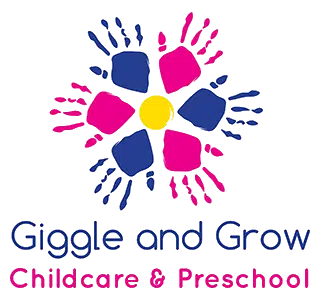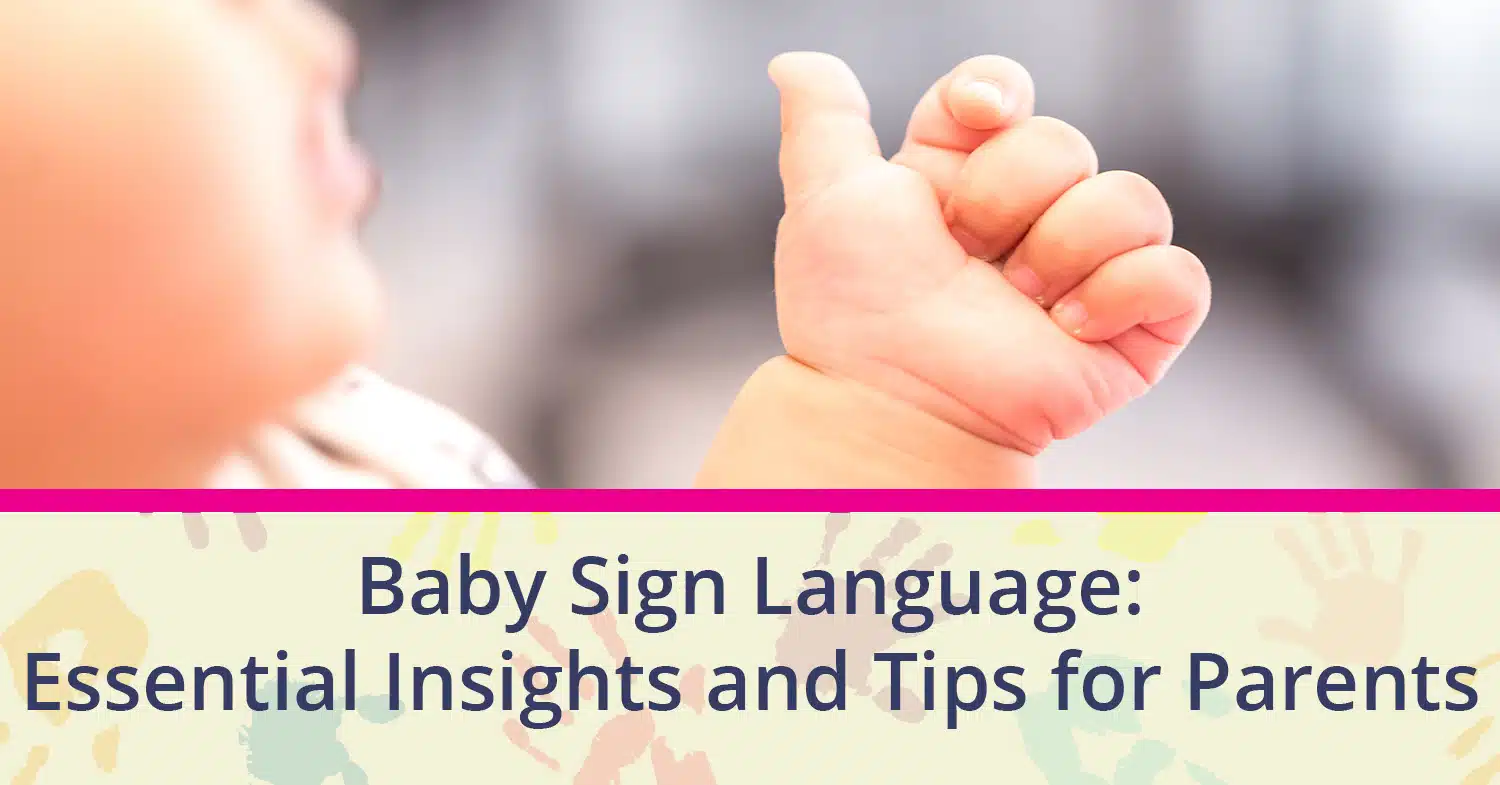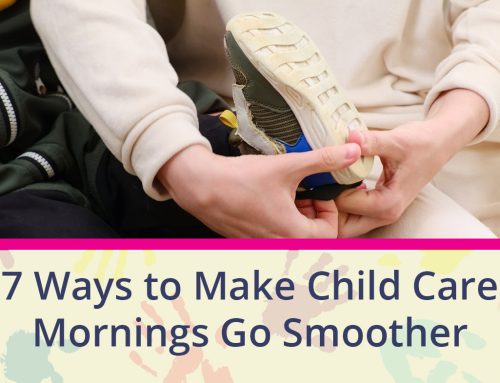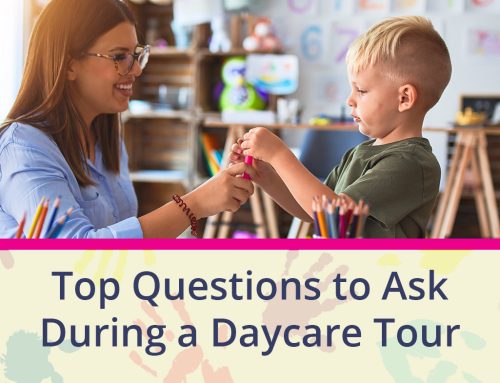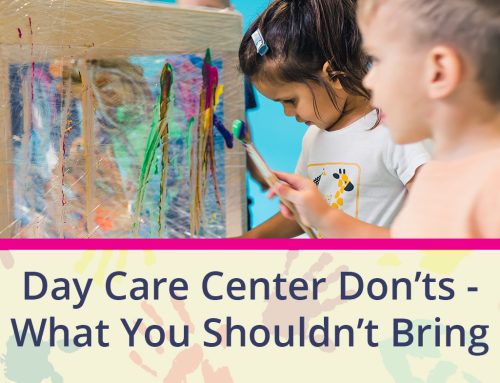Curious about baby sign language and if you should be teaching it to your little one? Let’s go over what you should know about this communication style – including what it is, why it’s beneficial, and tips for teaching your child.
Baby Sign Language – What It Is
The term is a bit misleading, as baby sign language is not a true language. However, baby sign language, or baby signing, is the act of communicating with babies using a few symbolic gestures.
Often, young children get frustrated when they can’t communicate their needs to parents or caregivers and may have difficulty regulating their emotions. Baby signs and gestures are great tools to help parents and caregivers communicate and lessen their frustrations. Learning basic signs can begin at the age of six months, but this doesn’t mean learning has to start at this point (especially if you already have a lot on your plate as a parent!).
Why It’s Beneficial
Teaching sign language to your baby…will it benefit them? You bet! Here are some benefits you and your little one can gain.
Easier Communication
It can be hard not knowing what your little one wants when they’re crying out in frustration. You just want them to communicate, but you might not understand what they need, and that can lead to tantrums and meltdowns.
Baby Sign Language can help bridge that language barrier gap and make communicating easier. With simple signs, they can tell you if they’re hungry, if they want dad, if it’s too hot, or if their tummy hurts. Signing helps eliminate guesswork and allows you both to communicate clearly with each other. If nothing else, this is a huge win!
Enjoy a Closer Bond
When you’re able to communicate, you’re able to form a closer bond with someone. This is true with your spouse, friends, family, and your baby! When you and your baby understand each other better, it increases the feeling of closeness.
Not to mention, while signing, you and your baby are talking, laughing, touching, and recognizing their attempts to see and understand the world together. These interactions can create a special bond and more in-tune feeling with your child.
Help Develop Hand-Eye Coordination
There’s a lot of growing and developing your young child will do. To help them develop their fine motor and gross motor skills, simple hand movements like waving, clapping, and pinching are great tools. Sign language is also another way to help them develop these skills.
Common gestures to teach early are drink, eat, more, and all gone. These basics can be used often and are ideal for beginning to teach and develop hand-eye coordination.
Increased Vocabulary
For parents, there can be a concern that learning to sign before learning to speak can slow verbal development. However, this isn’t the case. In fact, teaching baby signs to your child can help them get a handle on more vocabulary words earlier. This can mean they’ll be equipped with more vocabulary words when they’re ready to start talking!
Learning a Valuable Life Skill
While baby sign language isn’t a true language, it does take a lot of signs from American Sign Language (ASL). ASL is considered in many schools a second language and is even taught as a class or elective in middle and high school. This can be a valuable skill for your child by teaching them from the very beginning. Every year, you can build upon what you’ve already taught and continue to learn this language as a family.
Tips for Teaching Sign Language to Babies
With the benefits we listed, it’s easy to see why parents love baby signing and why childcare facilities include it in their curriculum. If you want to start teaching your little one, here are some tips to help you get started.
Be Patient
It can be exciting to begin this new activity with your baby, but it’s important to be realistic with your expectations. As we mentioned, parents typically start simple signs at six months of age. This means your baby could begin using them to communicate as early as eight or nine months. Whether you start signing at six months (or earlier), remember to be patient while your baby is learning.
Make it a Habit
Repetition is key when it comes to teaching your baby sign language (or other skills, for that matter). If you want to communicate with your baby using baby signs, it needs to be a daily habit and not a one-time lesson. Keep using the same signs consistently, and you’ll be sure to see progress.
Speak Up
Don’t cut back on the time you spend talking to your baby if you want to use baby signs! Talking will help them develop their verbal communication while signing will help with another form of communication. You can also speak the signs as you act them out, so your little one is developing both communication skills at the same time.
Choose a Daycare that Includes it
When you choose a daycare that includes baby sign language, you can be sure they’re getting in good practice with this skill. If you’re new to this and your daycare is the one going to be doing most of the sign teaching, be sure to ask for a quick tutorial so you will understand what your baby wants when she starts signing to you.
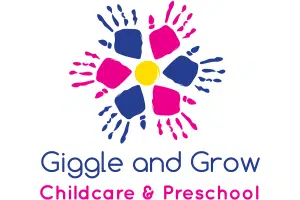
We love using baby sign language in our infant and young toddler programs!
We’re Here to Help Your Child Grow.
Looking for a daycare that utilizes baby sign language in its curriculum? Look no further than Giggle and Grow for your child!
At Giggle and Grow, we focus on the needs of very young children and will help your child grow with guidance and encouragement from our teachers. We love using baby sign language in our classrooms, not only because it’s a fun learning tool but because it can help with growth and development, as well. We strive to make a positive difference in the life of every child by partnering with parents to provide an environment that is safe, nurturing, educational, and individualized. Let us help your child learn, play, and grow!
